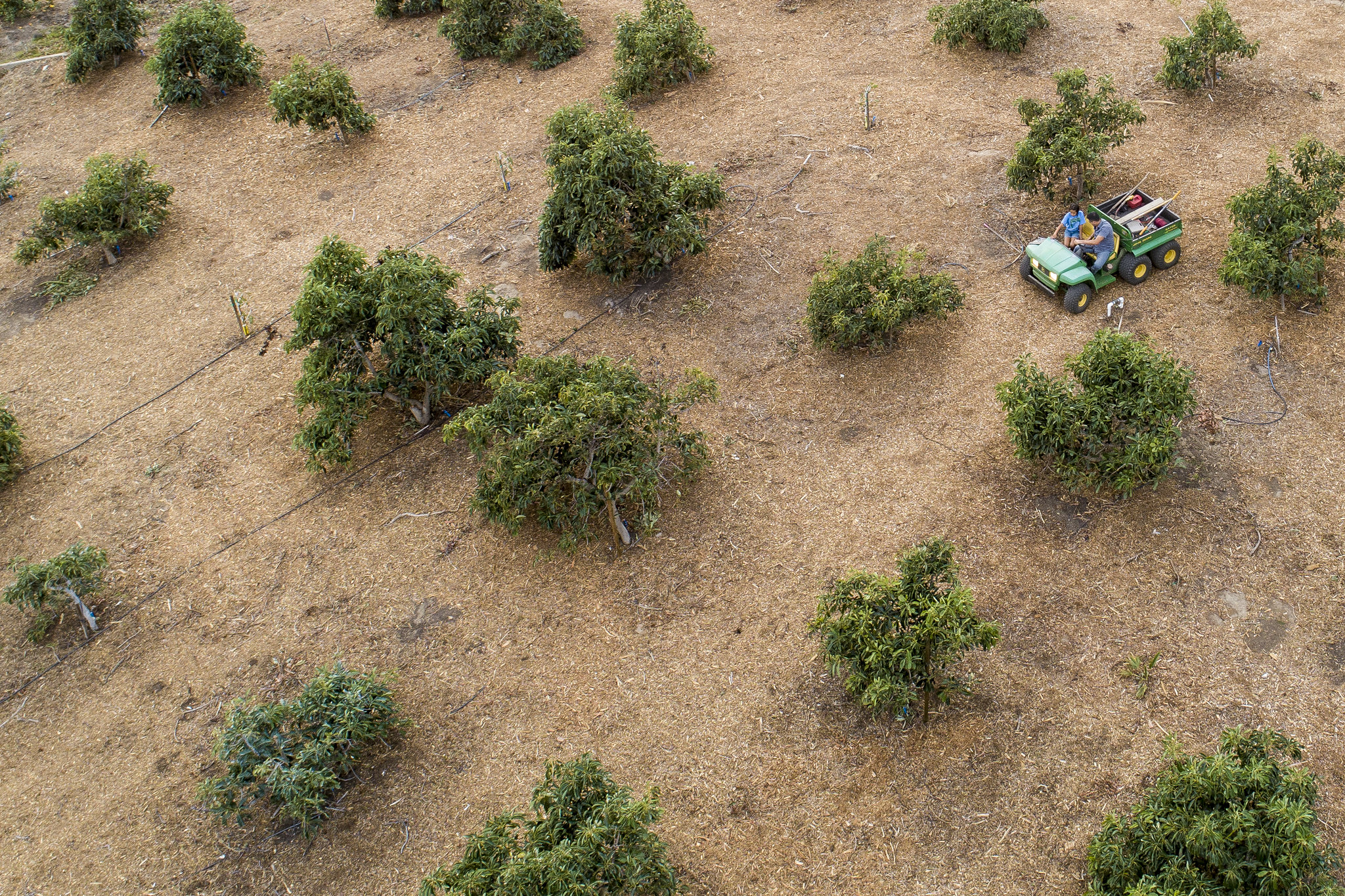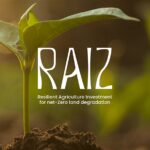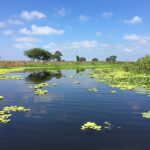Nature-based Solutions still face challenges, but they have gained traction

The concept ‘Nature-based Solutions’ (NbS) has gained considerable traction over the past years in the policy, research, public and private sector arenas, but also in practice and through private sector investments. The main idea is to work with nature so that it continues both to thrive and to provide solutions for people.
The challenges to mainstream it in policy and practice are many. But governments, such as the United States, Germany and India, are implementing and investing resources in NbS. They are leading by example in their countries to accelerate awareness raising and adoption of these solutions.
NbS have multiple benefits and they bring synergies to the climate, land and biodiversity agendas. They can help us to reach our climate and biodiversity goals. Without NbS, it will not be possible for the international community to achieve the global targets for 2030, 2040 and 2045.
These are among several observations made at the G20 Global Land Initiative virtual webinar titled, Accelerating Nature-Based Solutions.
NbS policy experts from the Biden-Harris Administration and the German Federal Government and science experts from India and the G20 Global Land Initiative (G20 GLI) spoke to nearly 500 participants who attended the event, which was organized as part of the Initiative Coordination Office Let’s Talk Land webinar series.
Some of the evidence that NbS are making progress comes from its focus in key policy for a, such as the United Nations Environment Assembly, various Presidencies of the seven (G7) and the twenty (G20) world’s largest economies and the Sustainable Development Summit in India, said Ms Mechthild Caspers, Head of Division, Ministry for the Environment, Nature Conservation, Nuclear Safety, and Consumer Protection, Federal Republic of Germany.
She explained that last year, the Government of Germany decided to invest in NbS to meet the country’s climate change goals in the land sector, to generate co-benefits for adaptation and to protect biodiversity. This included restoring peatlands, forest ecosystems and agricultural lands.
Germany’s NbS plan of action, with an investment of four billion Euros, is expected to be adopted at the end of March 2023. It deals with how to embed NbS in the country’s regulatory framework, research and cooperation at the international and EU levels, among other issues, she said.
Caspers outlined some of the lessons learned from the process of developing the country’s NbS:
- engage with the public in developing and implementing the policy to build trust and to connect with people where they are
- strong networks and partnerships, for example, with climate initiatives at the EU level
- build international cooperation is key for NbS globally.
For the United States, NbS must yield benefits for both people and the environment, said Dr Heather Tallis, Assistant Director, Biodiversity and Conservation Sciences, Office of Science and Technology Policy at the White House.
The US has a long experience with NbS, she said, and has been used for community development to address floods and fire risks and to create recreation areas such as parks for education or to reduce flood risk.
At present, NbS only provide 10 per cent of the climate change mitigation potential, yet it could provide as much as 30 per cent of the country’s mitigation commitments, Tallis said.
She too underlined that the public’s engagement in designing, developing and implementing NbS is critical. She identified five major areas of action that could help to accelerate implementation of NbS in the United States, and shared specific examples:
- Updating existing policies: to clarify in existing legislation where NbS could be applied
- Unlocking Funding: simplify application processes and create innovative finance models
- Leading with action: upgrade and retrofit the over 300,000 federal buildings and assets with nature-based solutions
- Training the Workforce: build tools, fill skill gaps or embed NbS in educational curricular
- Research, innovation, knowledge and adaptive learning: the National Nature Assessment is currently open through March for anyone in the world to comment on.
Dr Shalini Dhyani, Senior Scientist CSIR-National Environmental Engineering Research Institute and Vice Chair Asia IUCN Commission on Ecosystems Management, presented the financial and enabling conditions the could accelerate NbS and the progress in their adoption at the global and regional levels as well as nationally, in India.
Speaking from a Southern perspective, she highlighted key areas that need attention. Scale up finance, including private sector, not just government financing. Raise awareness about the NbS global standards. Create a customized approach for a community when applying the NbS to ensure it is people-centric. And convergence, especially for government agencies.
Dr Dhyani gave an example of Trees Outside Forests, a type of NbS approach, which focuses on people-centric agroforestry and how it can also attract private sector financing.
Dr Karen Sudmeier, Senior Expert, NbS, G20 Global Land Initiative, shared the evolution of Nature-based Solutions since the World Bank coined the term in 2009.
“The private sector is one of the most exciting developments,” in this regard, she said, noting that the World Economic Forum (WEF) provides peek into the main priorities of the private sector .
Its recent publications show that climate change and biodiversity are at the top of the private sector agenda. New financial instruments are appearing, including new pension funds available for investing in NbS. The voluntary market provides opportunity for investing in NbS but it is still maturing with the need for better performance standards,” she noted.
Dr Sudmeier said the three drivers that could accelerate NbS are:
- the public and private sector investments
- government regulations and incentives
- practitioners and civil society: research on NbS, including on performance standards, consumer preferences and activism.
She drew attention to a Massive Open Online Course: NbS for Disaster and Climate Resilience that has attracted over 60,000 registrants to learn about NbS and invited participants to enroll.
In closing the webinar, Dr Muralee Thummarukudy, Director of the G20 Global Land Initiative, and the event host, thanked the participants who attended the event, and announced plans to organize similar webinars every other month alternating with bi-monthly virtual Brown Bag Lunches. For information on past webinars click here
Photo credit: USDA




